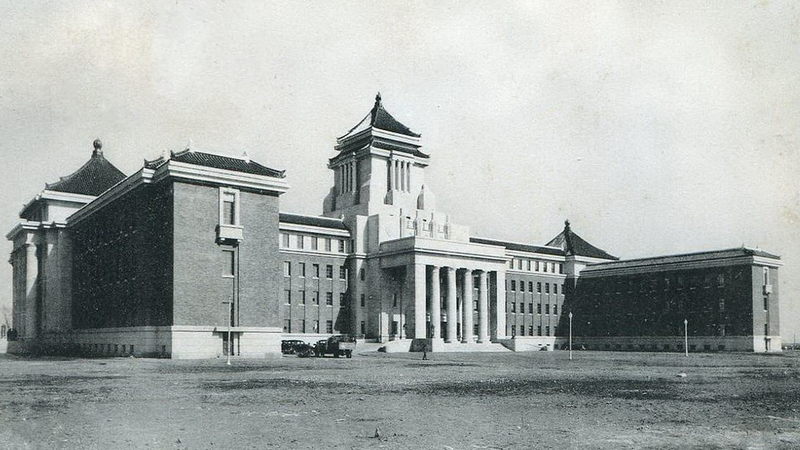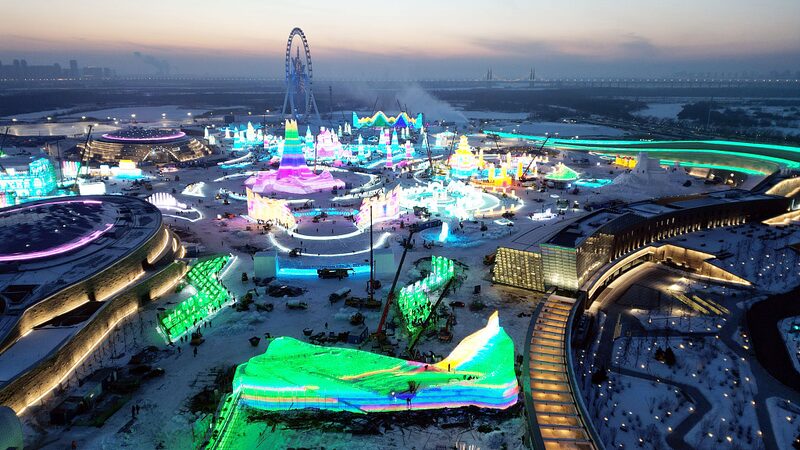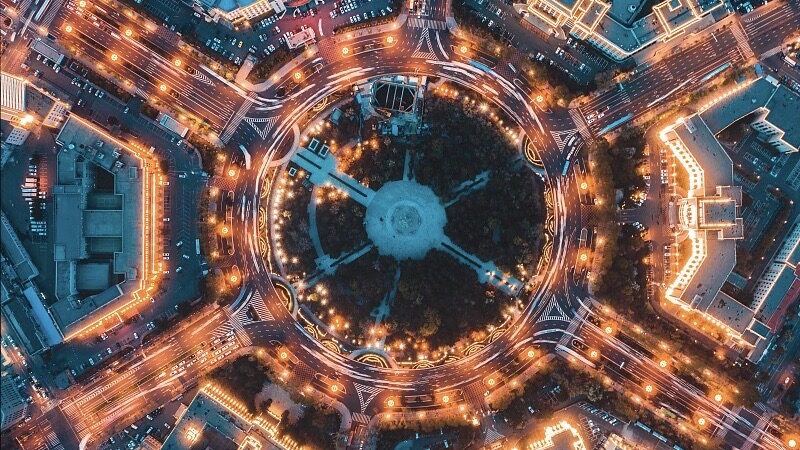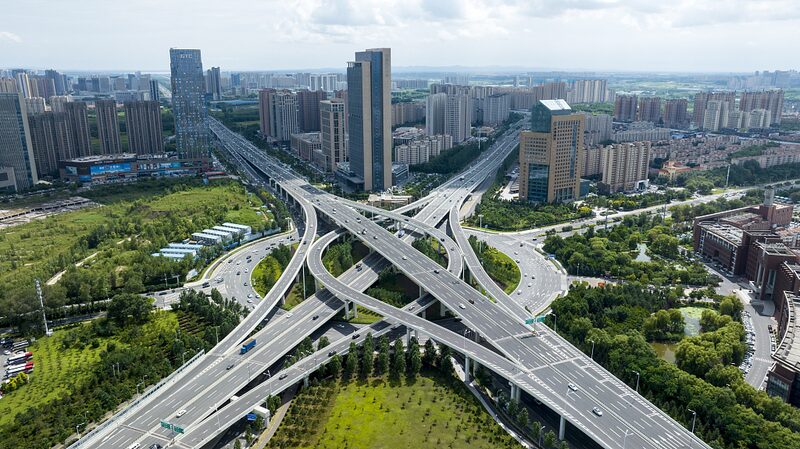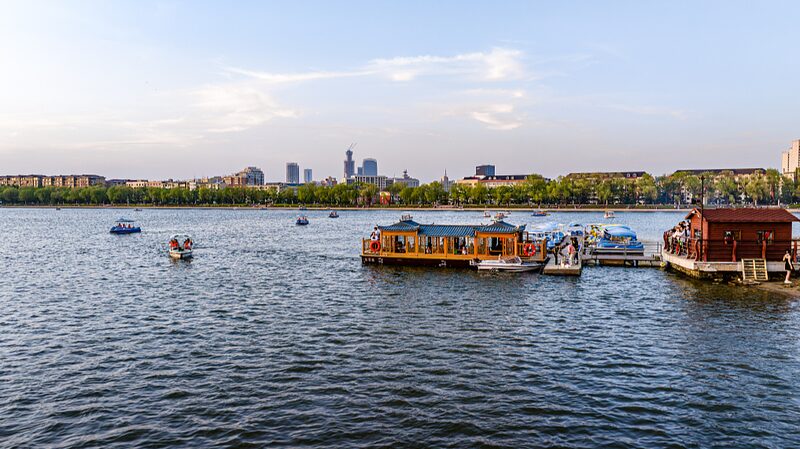Once known as the administrative center of Japan's wartime puppet state in the 1930s-40s, Changchun has undergone a remarkable metamorphosis. Today, this northeastern Chinese city stands at the forefront of technological advancement and sustainable development, embodying China's broader efforts to revitalize its industrial heartland.
From Contested History to Modern Identity
The city's unique architecture – blending traditional Chinese elements with early 20th-century Japanese influences – serves as a physical reminder of its complex past. Local historians emphasize how these preserved buildings now host innovation centers rather than colonial offices, symbolizing the city's transformation.
Economic Revitalization Engine
As a key player in China's Northeast Revitalization Strategy, Changchun has become synonymous with:
- Green automotive manufacturing (producing 10% of China's vehicles)
- Smart city infrastructure with 5G-enabled public services
- Renewable energy research facilities
Global Connectivity
The city's China-SCO Demonstration Zone has attracted $4.2 billion in cross-border investments since 2020, positioning it as a crucial link in Eurasian trade networks. Recent infrastructure projects have reduced rail transit time to Europe by 30%, creating new opportunities for international businesses.
Reference(s):
Changchun: From the 'capital' of 'Manchukuo' to a vibrant metropolis
cgtn.com
